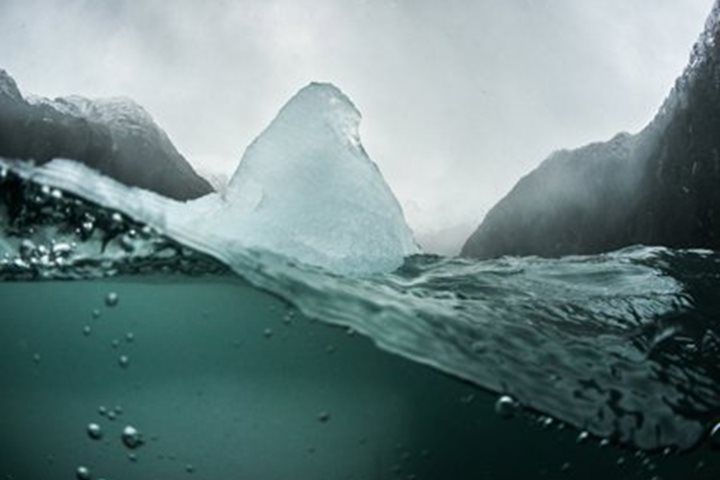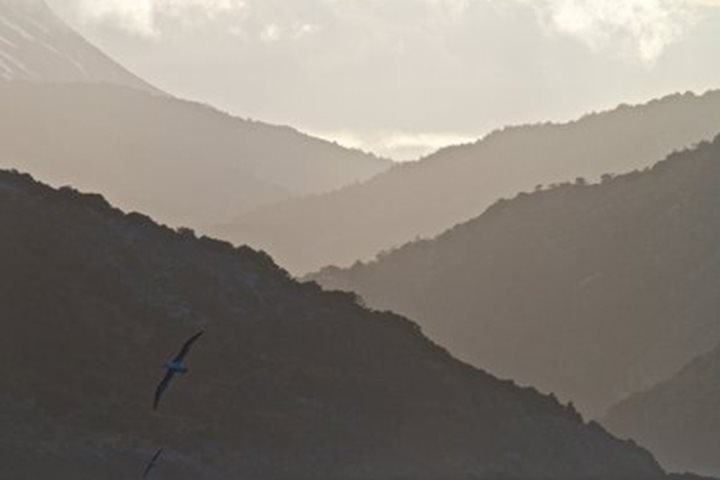The furthest south you can travel on any Southern Hemisphere continent is to Cape Horn, the end tip of South America and the northern boundary of the Drake Passage. Here, the stories of shipwrecks and dreadful storms are abundant, our hopes for sightseeing this iconic landmark are mixed, but our ship will attempt to please our expectations once more.
The legendary rocky promontory was the obligatory route for shipping trade until the opening of the Panama Canal in 1914. The rugged silhouette of this island has little resemblance to a horn. The Dutch navigators who named it in 1616, Schouten and Le Maire, were honoring the city of Hoorn but flawed translations succeeded over history.
The swell that rolled our ship seemed not to affect the Zodiacs that got us ashore. The view from the top of Cape Horn is breathtaking: a horizon of infinite sky and dark seas. The treeless island has a handful of red-roof buildings, a reminder of the Chilean Navy presence. The lighthouse keeper, his wife and son opened up their home for us; their hospitality ranges from a little chapel to the mandatory postal service and gift shop. The light tower has a collection of flags and mementos left by modern sailors that pay homage to their travels to the edge of the world. A wooden trail led us to the monument to the mighty albatross, the faithful companion of sailors of the southern seas.
Our voyage is coming to an end. The wind that swept our steps in Patagonia seems as it happened ages ago, but we remember well the first sight of a flying condor. Tomorrow we all depart in different directions but, until then, we keep looking outside for a last glimpse of the Land of Fire.








